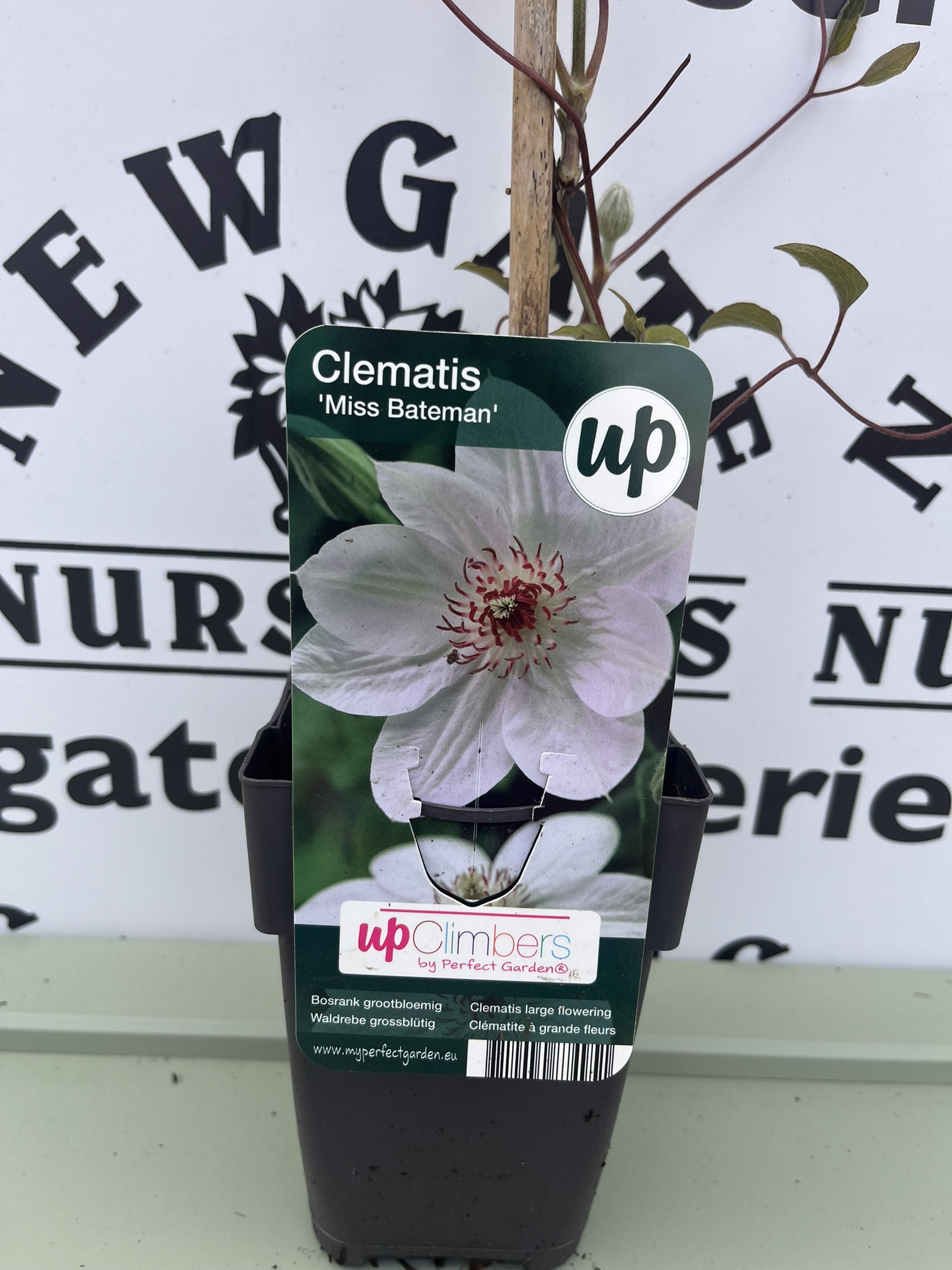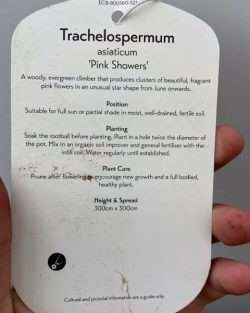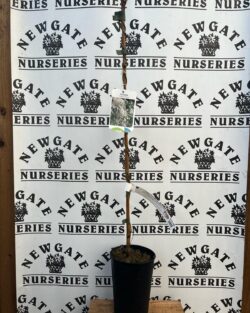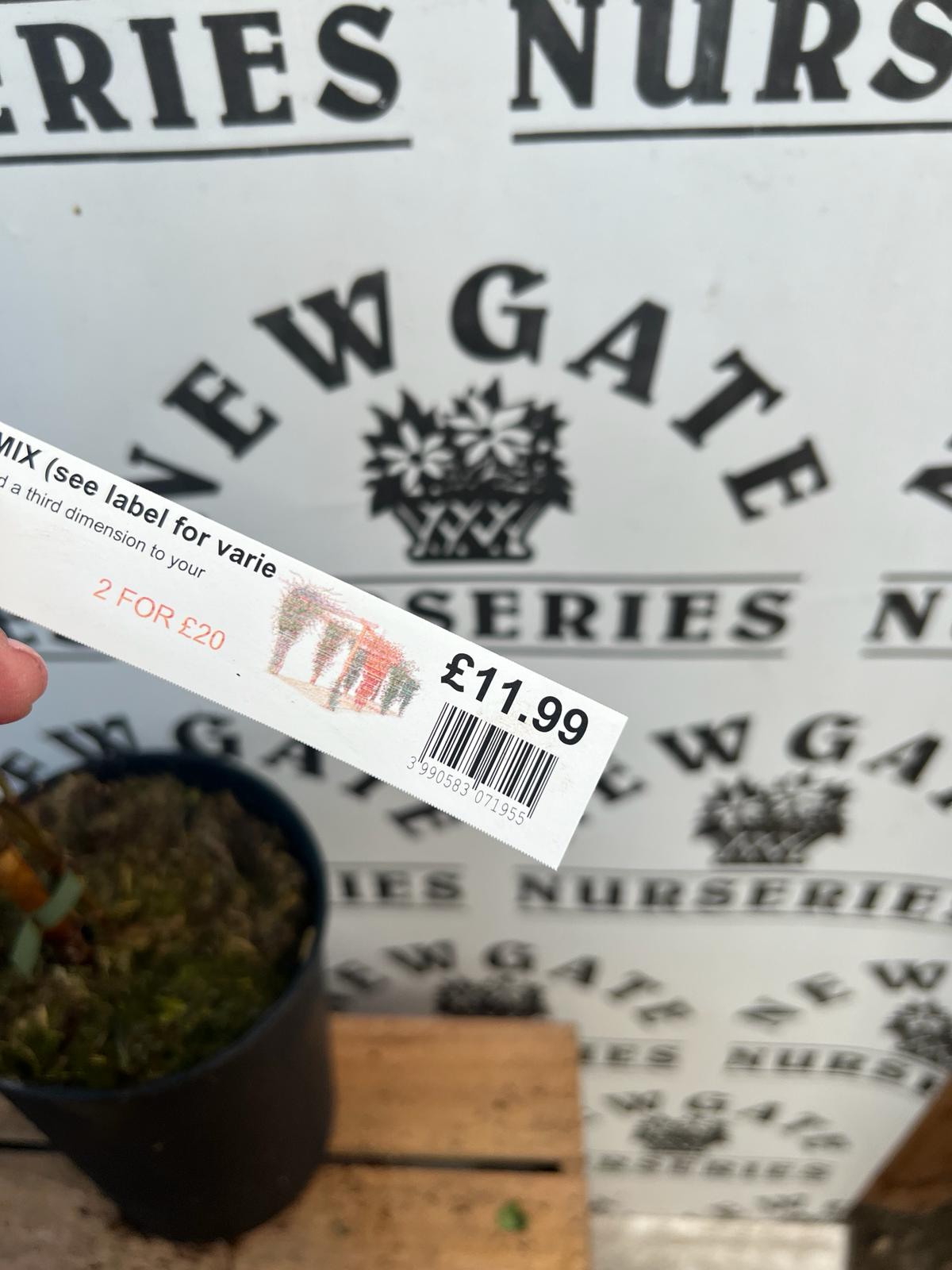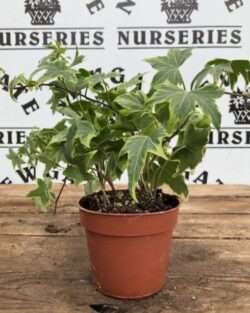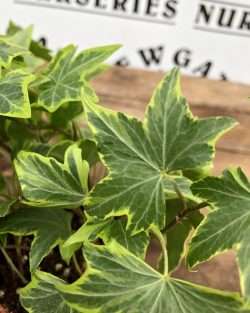Hydrangea Petiolaris Large Trellis 1.3m
£69.99
Plant Fact File:
- Plant Type: Deciduous Climber
- Common Name: Climbing Hydrangea
- Scientific Name: Hydrangea anomala subsp. petiolaris
- Growth Habit: Climbing, spreading
- Height: 1.3m (4.3 feet) on trellis
- Spread: Variable, depending on support and pruning
- Foliage: Dark green, heart-shaped leaves
- Flower Color: White
- Flowering Period: Early summer to late summer
- Hardiness: Fully Hardy
- Aspect: Partial shade to full shade
- Soil Type: Moist, well-draining soil, prefers acidic to neutral pH
- Uses: Ornamental, trellis, walls, fences, ground cover
Description:
Hydrangea ‘Petiolaris’, commonly known as Climbing Hydrangea, is a vigorous deciduous climber that can be trained to climb on a large trellis, reaching up to 1.3 meters in height. It is renowned for its attractive white lacecap flowers and lush foliage, making it a popular choice for adding vertical interest to shaded areas of the garden.
Key Features:
- Lacecap Flowers: Hydrangea ‘Petiolaris’ produces large, fragrant lacecap flowers in early summer, which consist of small fertile flowers surrounded by larger sterile flowers. These blooms create a stunning display and can last well into late summer.
- Attractive Foliage: The plant has dark green, heart-shaped leaves that provide a lush, dense coverage. In autumn, the leaves turn a beautiful yellow, adding seasonal interest.
- Climbing Habit: This hydrangea has a natural climbing habit, using aerial roots to cling to trellises, walls, and fences. It can also be used as a ground cover if left unsupported.
- Hardy and Adaptable: Climbing Hydrangea is fully hardy and can tolerate a range of conditions. It thrives in partial to full shade and prefers moist, well-draining soil with an acidic to neutral pH.
- Versatile Uses: Hydrangea ‘Petiolaris’ is versatile in the landscape, ideal for covering walls, trellises, fences, and even tree trunks. It can also be used as a ground cover in shaded areas.










